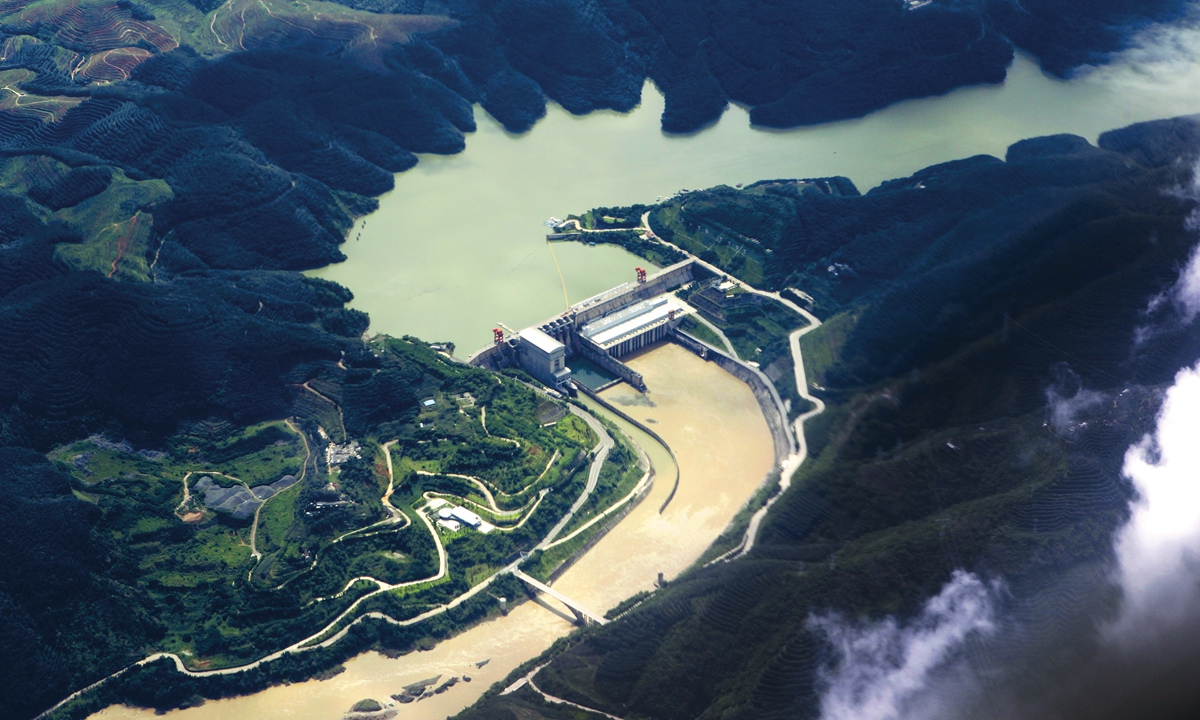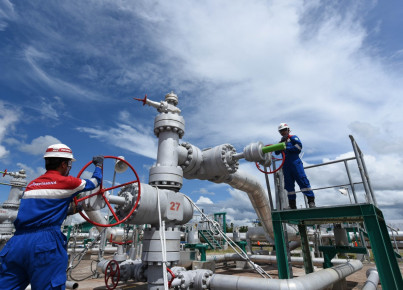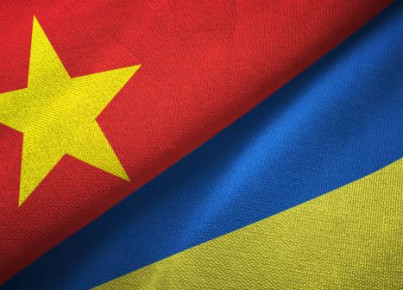The Italian Vietnamese Studies Center brings up the debate on the Delta’s development issue. Recently, the Mekong region’s growth has been driven by infrastructural projects that are as ambitious as they are controversial
On Thursday 12 May the Italian Vietnamese Studies Center (CSV) hosted a webinar to explore the environmental, social and legal aspects that revolve around the construction of dams along the Mekong. The area occupies 790,000 km2 and embraces very different countries in terms of government, economy and demographics: all factors that influence priorities (and therefore approaches) to the issue of development. The nine panelists, preceded by greetings from Ambassador Duong Hai Hung, sought to cover all these aspects: among the speakers, experts in Earth sciences, ichthyology, power plants and law.
Ecosystems in danger
As Professor Simone Bizzi explained, the Mekong is a complex, but organized, ecosystem. Each element of the river ecosystem is constantly changing and is self-regulating to maintain its "health". The introduction of alien elements, such as dams and hydroelectric power plants, can have a devastating impact .
The case of the upper Mekong basin’s dams is emblematic of these changes. China is investing huge resources to enhance the development of the area through hydroelectricity. Along the Lancang, a tributary located in Yunnan province alone, 65 plants are operational and Beijing is planning to build another 23 dams. Among the various problems, their presence is "jamming" the transport of sediments, which each year amount to about 160 megatons (thirty times the weight of the pyramid of Giza): the accumulation of sediments causes stagnation upstream, while the nutrients that support biodiversity downstream no longer arrive. A phenomenon that has consequences not only on fish, but also on rice fields and agricultural activities in general.
(Un)sustainable development
Climate change poses a further challenge to the normal functioning of the river ecosystem (and of all the activities that depend on it). The flow of water, already reduced by the presence of dams, is subject to increasingly intense dry seasons. In 2019 the Mekong reached its lowest level in the last 100 years, a record that is turning into normality. Faced with the lack of water, as also reported by the Observatory on dams in the Mekong of the Stimson center, some dams end up further limiting the flow and penalizing the areas of the southern sector. This happens especially in the Chinese section of the Mekong, experts accuse, even when the level of rainfall is sufficient.
However, the projects for the construction of new hydroelectric plants have not stopped. On the contrary: along the tributaries of the Mekong, funding for the construction of new plants continues to increase, thanks to the growing demand for electricity in Laos, Cambodia, Myanmar, Thailand and Vietnam. Some of these countries are highly dependent on hydroelectricity, as evidenced by the Phnom Penh data on the Cambodian energy mix: 55% of electricity production capacity comes from hydroelectric plants. Financial dependence is added to the risk of imbalances in energy supply: whether they are investments by foreign companies or development banks, or the debts accrued to contractors.
Finally, the construction of dams can have immediate or long-term social effects. In the first case, neighboring populations could have their land expropriated - when the project does not directly require the relocation of villages. Secondly, the environmental degradation that follows poor project management reduces the livelihood and development opportunities of those citizens who should benefit from them.
Solutions (or compromises?)
As Professor Massimo Zucchetti pointed out, it happens that after a careful review the plans for the construction of new hydroelectric plants have to be canceled and totally replanned: in the northeastern Indian state of Uttarakhand as many as 23 out of 24 projects did not pass the minimum criteria of sustainability. This sometimes happens due to the lack of involvement of local actors or experts capable of assessing the impact of dams in the context concerned. Solutions to reduce negative externalities exist, and some of these are related to the so-called "nature based solutions". The latter represent a set of measures that are based on respect for the specificities of the territory and require minimal human intervention.
The problem of managing hydroelectricity in the Mekong Delta is not only ecological, but poses various challenges for the construction of an environmental law capable of protecting local communities. The last part of the meeting therefore focused on legal disputes affecting such a vast area. The growing scarcity of water resources has long been recognized as a factor in accelerating conflicts, and the lack of adequate mechanisms increases the risks of instability (as well as poor adaptation of projects).
The role of transnational organizations
What can ASEAN do in such a complex context that affects more than half of its member countries? According to the panelists, there are many interventions that today remain in the hands of transnational organizations. Most of the hydroelectric projects along the Mekong see the participation of banks of state and private actors, development banks, and research groups. Furthermore, public participation is particularly important for the management of local resources. The different actors also have the capacity to provide the data necessary to understand the reference context - objectives that are still difficult to achieve today.
What can happen thanks to the intervention of non-partisan organizations is the sharing of experiences and virtuous design mechanisms. Furthermore, a group like ASEAN has at times been able to form a common front in front of important players such as China, which in this case is one of the main interlocutors. The other side of the coin, however, offers an overview that is still too attentive to facade sustainability and little to the actual overexploitation of existing resources. On paper, the word "sustainable development" has spread as rapidly as electricity consumption and the emission of greenhouse gasses have increased. Here is the challenge for all the actors involved in the transformations in the Mekong basin: knowing how to innovate while respecting the territory, the ecosystem and its populations.






